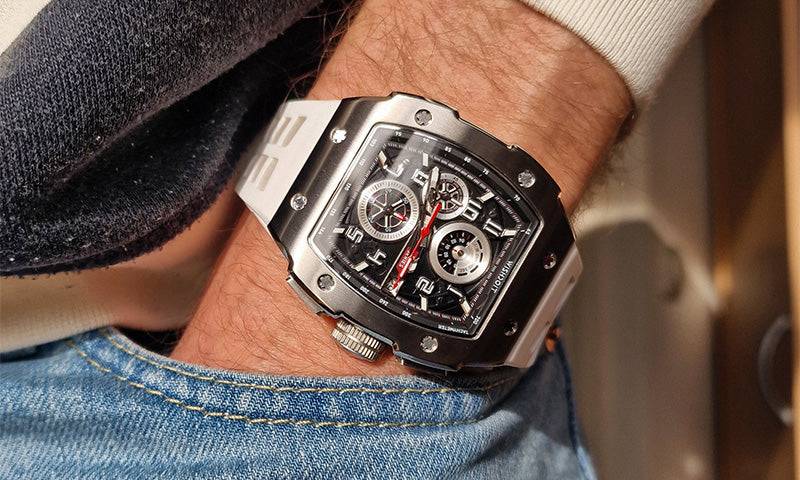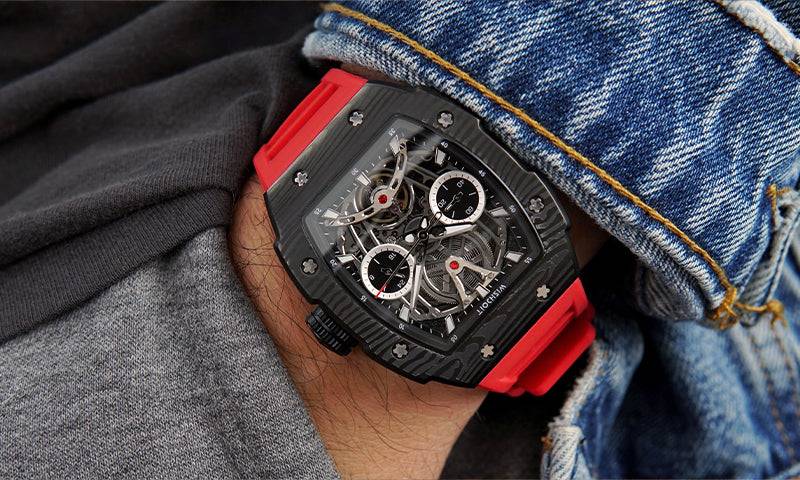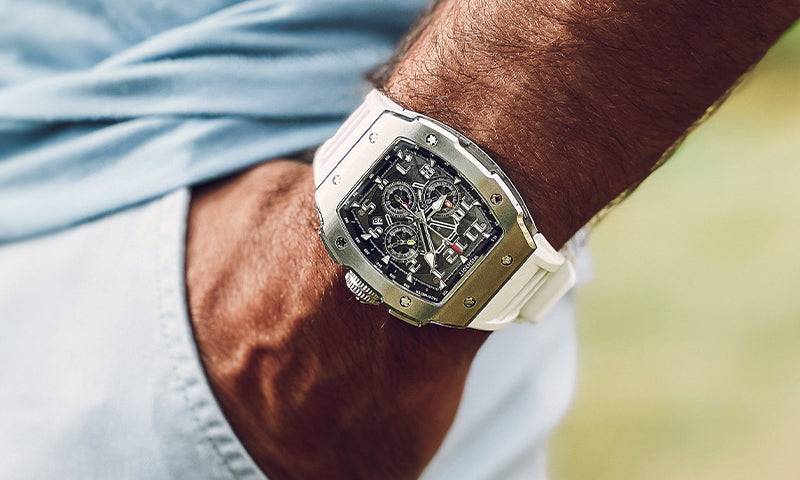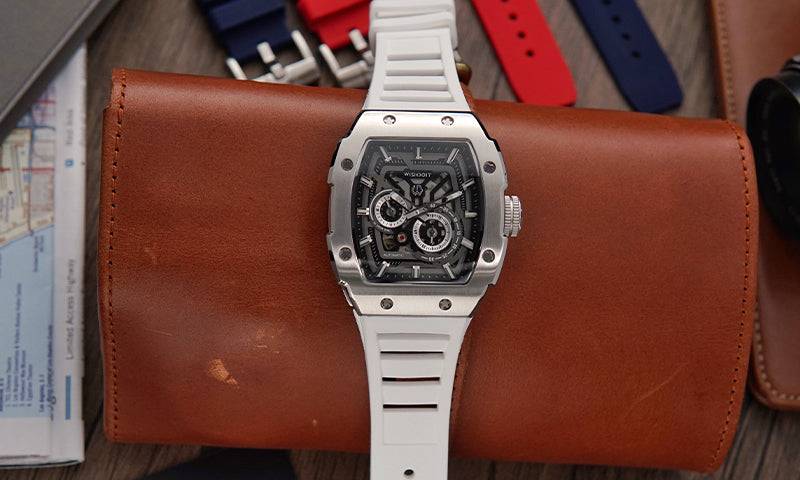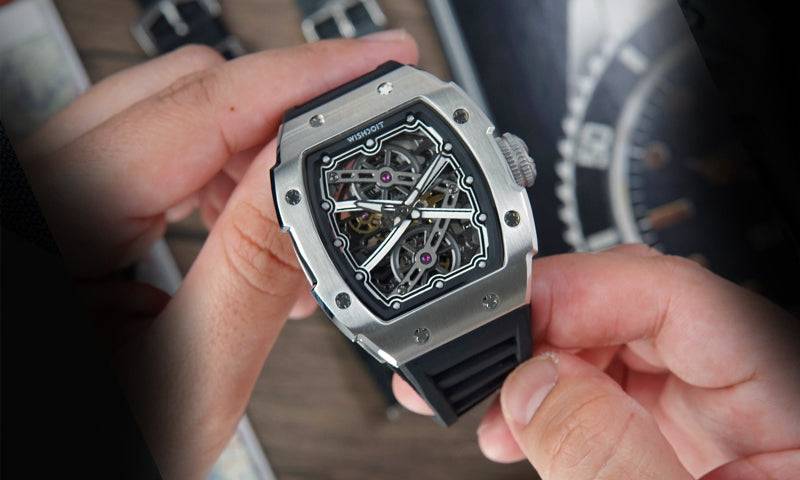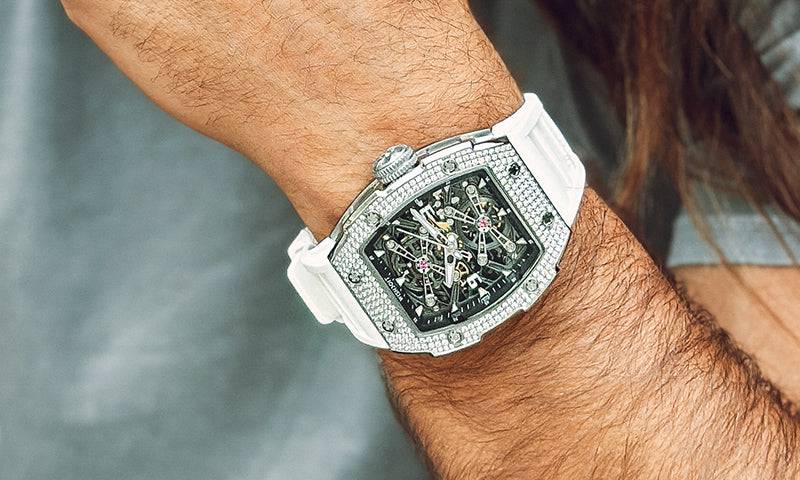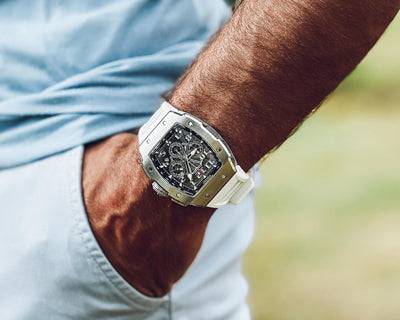The invention of the automatic watch is attributed to Abraham-Louis Perrelet, a Swiss watchmaker who lived during the 18th century. Perrelet was a master horologist who was renowned for his innovative ideas and techniques. His creation of the automatic watch, also known as the self-winding watch, revolutionized the watchmaking industry and changed the way people kept track of time.
The automatic watch is a mechanical watch that winds itself automatically without the need for manual winding. The mechanism behind the automatic watch is a rotor that moves back and forth with the movement of the wearer's arm. This movement winds the mainspring, which powers the watch's movement. The idea behind the automatic watch was to eliminate the need for manual winding and improve the accuracy of timekeeping.
Perrelet's inspiration for the automatic watch came from his observation of the natural movement of the human body. He noticed that the arm's movement during daily activities could be harnessed to power a watch's movement. He then set out to create a mechanism that could convert this natural movement into energy to power a watch.
Perrelet's first automatic watch was a pocket watch that he created in 1770. It had a weight that moved back and forth as the wearer walked, which would wind the watch's mainspring. In 1777, he improved on this design by creating an automatic watch that could be worn on the wrist. He added a rotor to the movement that would rotate with the movement of the wearer's arm, winding the mainspring and keeping the watch running.
Perrelet's invention of the automatic watch was a significant achievement in the history of watchmaking. It made watches more accessible to the general public and eliminated the need for manual winding. It also paved the way for further innovations in watchmaking, such as the quartz watch, which uses an electronic oscillator to keep time.
Today, automatic watches are still popular among watch enthusiasts and collectors. They are appreciated for their mechanical complexity and their ability to keep time without the need for a battery or manual winding. Many high-end watch brands, such as Rolex, Omega, and Breitling, offer automatic watches as part of their collections.
In conclusion, the automatic watch is a remarkable invention that has had a significant impact on the watchmaking industry. Abraham-Louis Perrelet's innovative idea and his dedication to creating a self-winding watch changed the way people kept track of time. Today, the automatic watch remains a symbol of craftsmanship, ingenuity, and precision engineering.




